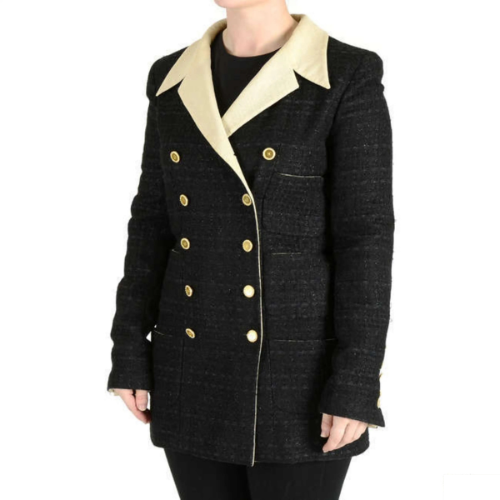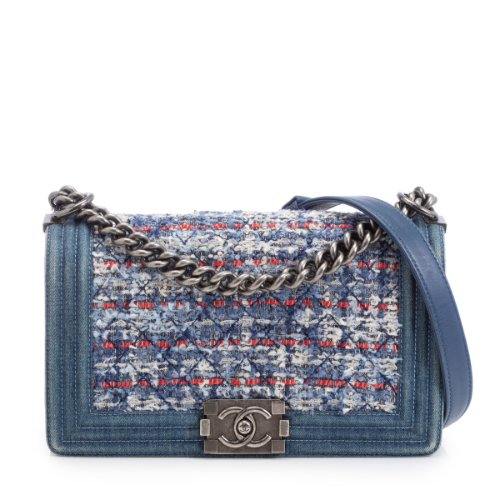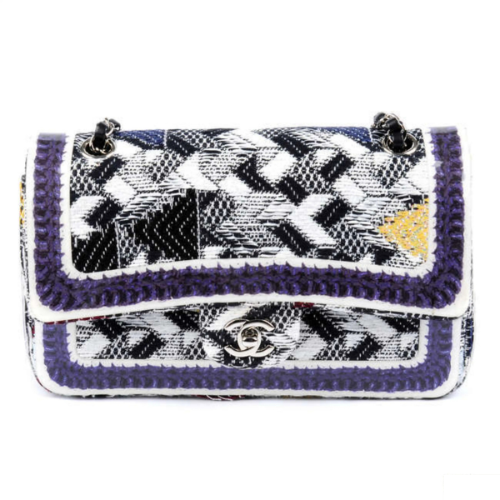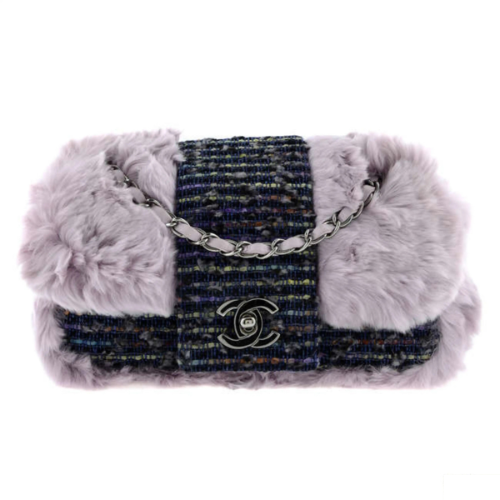Tweed, a fabric once associated largely with the rugged Scottish countryside and traditional menswear, underwent a radical transformation in the 20th century thanks to the innovative vision of Gabrielle "Coco" Chanel. Her reimagining of tweed elevated it from rustic practicality to high fashion. This forged a connection between the fabric and the House of Chanel that continues to define the brand’s identity today.
Chanel Tweed: Redefining Elegance and Comfort in Women's Fashion
Coco Chanel’s interest in tweed began in the 1920s during her frequent trips to Scotland, where she visited the Duke of Westminster, with whom she had a romantic relationship. Immersed in the aristocratic lifestyle of British country estates, Chanel was drawn to the comfort and functionality of the woollen tweeds worn by the men around her. However, rather than simply adopting men’s clothing, she set out to reinterpret tweed for women, softening its texture and imbuing it with elegance and sophistication.
Innovating Fabric for Women's Fashion
At the time, tweed was typically rough and heavy, designed to endure the damp climate of the British Isles. Chanel recognised the potential for womenswear and sought mills to create lighter, more flexible versions of the fabric. She worked closely with Scottish and later French weavers to develop custom-made tweeds. They blended wool with silk, cotton, or even metallic threads to create unique textures and colour combinations. This collaboration with artisans became a hallmark of Chanel’s approach, laying the foundation for the brand’s signature textile innovations.
The Chanel Tweed Suit
The Chanel tweed suit debuted in the 1950s and became an instant icon. It was revolutionary in its design: the jacket was collarless, often adorned with braid trim and gold buttons, and paired with a straight-cut skirt. Lined in silk and constructed with hidden weights to ensure it hung perfectly, the suit offered freedom of movement while maintaining a polished look. This was in stark contrast to the restrictive and heavily structured clothing of the era. This made the Chanel tweed suit a symbol of modern femininity.
Karl Lagerfeld's Reinvention of Chanel Tweed
Throughout the decades, tweed remained a central element in Chanel’s collections. Under Karl Lagerfeld’s creative direction from 1983, the fabric was reinterpreted boldly and in unexpected ways. Lagerfeld played with proportions, colours, and embellishments, transforming the classic tweed suit into mini dresses, evening gowns, and even sneakers. He infused the fabric with youthful energy while respecting its heritage, ensuring tweed’s relevance in contemporary fashion.
|
Chanel Tweed and denim Boy Bag 2004 |
Chanel Tweed and Specialist Ateliers
The commitment to Chanel tweed extends beyond design to preservation and innovation. The brand has maintained close ties with specialist ateliers like Lesage and Barrie Knitwear. The latter of which was acquired by Chanel in 2012 to secure the legacy of Scottish cashmere and knitwear craftsmanship. These ateliers ensure that each tweed piece is not just stylish but a product of extraordinary skill and artistry.
Virginie Viard’s Modern Twist
In recent years, under the creative direction of Virginie Viard, Chanel has continued to honour tweed while evolving its aesthetic. Viard has embraced a more relaxed and youthful approach. Tweed is now used in everything from cropped jackets to casual separates, often styled with denim. This can be seen in this Mini Flap bag from 2020.


















